The tough hills and winds of Utah followed me to Arizona. My first full day there I struggled uphill for 20 miles into a strong headwind. I averaged 3 1/2 mph while climbing over 2000 feet. Not fun. The next few days were equally challenging as I passed through the Navajo and Hopi Indian reservations. These cover the Painted Desert, where there was not a whole lot going on.
But the camping was nice.
I finally met another cyclist, a French woman named Natalie. She was cycling on a recumbent bike, which looked a lot more comfortable. Hmmm, maybe that’s the way to go next time.
Natalie started in Newfoundland, Canada and was headed for Lima, Peru. I asked why stop there, why not go all the to Tierra del Fuego in Southern Chile (this is a popular destination for many bicycle tourists). her reply: “Oh I already rode to Tierra del Fuego.” Guess I better get my act together. Southern Chile? It’s now on my list.
Next, I stopped at the Hopi Cultural Center to learn about the Hopi People. The Hopi Indians are Native Americans who have lived in Northwestern Arizona for thousands of years. Information suggests that the name ‘Hopi’ is translated to mean peaceful person. These Southwest American Indians inhabit an area called the Black Mesa, a plateau which rises 1,000 feet above the surrounding grasslands, and refer to this place as the center of the universe. They are entirely surrounded by the much larger, Navajo reservation.
The Hopi lived in pueblos or adobe houses made of dried clay and stone. They had flat roofs and multiple levels which were accessible by ladder. The bottom level was an underground chamber called a Kiva. It was primarily for religious ceremonies. The upper levels contained apartments so that the entire extended family could live in the home.
The Hopi language is a complex and difficult one descended from the Aztec and unrelated to other pueblo languages. It is known for having a unique way of expressing time and space concepts. The language is spoken by about 5,000 people today although all Hopi today speak English as well.
Oraibi is an important Hopi village. It was the center of Hopi population and culture and one the oldest continuously inhabited settlements in the U.S, dating back to 1100 A.D.
Farming and agriculture was the cornerstone of traditional Hopi life. With over twenty different varieties of corn, including yellow and blue, it was the most common crop grown. They also grew squash, not only for eating, but for making instruments and utensils. Pumpkins and beans were grown for food and they cultivated sunflower so they could make dyes and oils. They also grew cotton and tobacco.
The Hopi have a codified set of set of values. I bought a scroll of them because they are inspirational:
Traditional Values and Visions of A Hopi
A Hopi…..is one who’s lifetime quest is to gain strength and wisdom through prayer, education and experience; to acquire a practical & spiritual understanding of life in general and to acquire the ability to address life’s circumstances and community needs from an eagle’s viewpoint with a caring attitude & humility;
A Hopi….is one who fulfills the meaning of Kyavtsi by maintaining the highest degree of respect for and obedience to moral standards & ethics, so as not to knowingly abuse, alter or oppose the progressive order and cycle of nature and the sacred manifestations of the creator’s teachings;
A Hopi….is one who fulfills the meaning of Sumi’nangwa and will come together to do activities for the benefit of all, out of a compelling desire and commitment to contribute or return something of value or benefit to the society;
A Hopi….is one who fulfills the meaning of Nami’nangwa by helping one another or give aid in times of need, without having to be asked to do so and without expecting compensation for the deed;
A Hopi….is one who fulfills the meaning of Hita’nangwa by having the initiative to take care of something without having to be instructed, asked or reminded regardless if anyone will notice your effort but that it will make a difference;
A Hopi….is one who places the society’s and/or community’s interests and benefits ahead of individual and personal interests and gains;
A Hopi…is one who understands that to realize a dream, one must not only pray for his or her desires, but must make a sincere commitment and work diligently to pursue the dream or goal until it is achieved;
A Hopi….is one who understands that the creator has provided all the necessary resources needed by all living beings to co-exist here, including the means by which the human race can achieve a happy, healthy and self-sustaining life;
A Hopi….is one who understands that the greatest feeling of accomplishment and fulfillment is one’s participation in social and community functions or activities and knowing that your contributions have resulted in benefits to the community and people.
If more people lived in accordance with the Hopi values the world would be a much better place.
I was also interested in the Hopi culture because of the 1982 film Koyaanisqatsi, directed by Godfrey Reggio with music composed by Philip Glass and cinematography by Ron Fricke. The film consists primarily of slow motion and time-lapse footage of cities and many natural landscapes across the United States. The film contains neither dialogue nor a vocalized narration: its tone is set by the juxtaposition of images and music. In the Hopi language, the word Koyaanisqatsi means “life out of balance.” Here is the trailer.
https://www.youtube.com/watch?v=546AUDxeHKs
The Hopi police stopped me while I was struggling up a hill. They noticed I was weaving out into the traffic and warned me that it was dangerous on that road due to many drunk drivers. Alcohol is forbidden to be sold on the reservation, but this causes other problems. People need to drive 30 miles to get to a bar, where they get sloshed then must drive all the way back. No wonder the arrest record in the local tribal paper has so many intoxications:
Leaving the reservation, I made my way to the town of Winslow. I had a vague sensation I heard about the place, but I could just not put my finger on it. Anyway, I was exhausted after the Painted Desert and four days camping in the bush. I rolled into town and checked into a hotel, sunburned and grizzled. Yes I need a haircut.
Then finally it hit me: the Eagles 1972 song Take it Easy had the lyric
Well, I’m a standin’ on a corner
In Winslow, Arizona
And such a fine sight to see
It’s a girl, my Lord, in a flatbed Ford
Slowin’ down to take a look at me
So of course I had to go the “The Corner”, which had statues of Jackson Browne and Glenn Frey, who wrote the song.
I stood on the corner for a long time, but no girl in a car slowed down to look at me. Maybe it was the hair.
For a trip down nostalgia lane, click below.
A sign in a yard in Winslow. Haha.
While doing laundry I met this old Navajo guy. We chatted for a bit. He doesn’t look too happy.
Why are they still called Indians? I thought they were Native Americans.
Leaving Winslow I had a tough couple days. Sixty-two miles uphill, with a headwind and 20 miles of gravel road to boot. Riding seven hours a day, it took me two full days to climb over 4000 feet onto the Mogollon Rim, which is an escarpment defining the southwestern edge of the Colorado Plateau in central Arizona. It was excruciatingly slow, rarely more than 4-5 mph. When you are used to 10-12 mph, 4 mph is frustrating. But the road was quiet for the most part, with a car only every 5-10 minutes.
I had a great quiet camping spot on the way up. Well, it was a little rocky.
There was a nice bike trail near the edge of the rim.
A view looking down on the highway I was headed for. Those 4000 feet uphill? I got to zoom down 4000 feet too. I clocked my highest speed so far on this trip: 43 mph. I didn’t realize Arizona was so mountainous.
Here is my current location in Payson, AZ. Yes, I finally shaved and got a haircut.
October 2 marked six months since I started out on this trip. Here are some statistics:
Total miles cycled: 6244
Total days: 183
Days cycled: 154
Miles per cycling day: 42
Free camped: 65 nights
Hotel/motel: 85 nights
Campgrounds: 13 nights
Other: 20 nights
By the way, if you were not aware, you can be notified by email when I make a new posting. On the front page of the blog there is a box labeled “Notify me of new posts by email.” If you check this and enter your email you will get a notification when I make a new post.
That’s it for now. Next stop: Phoenix.
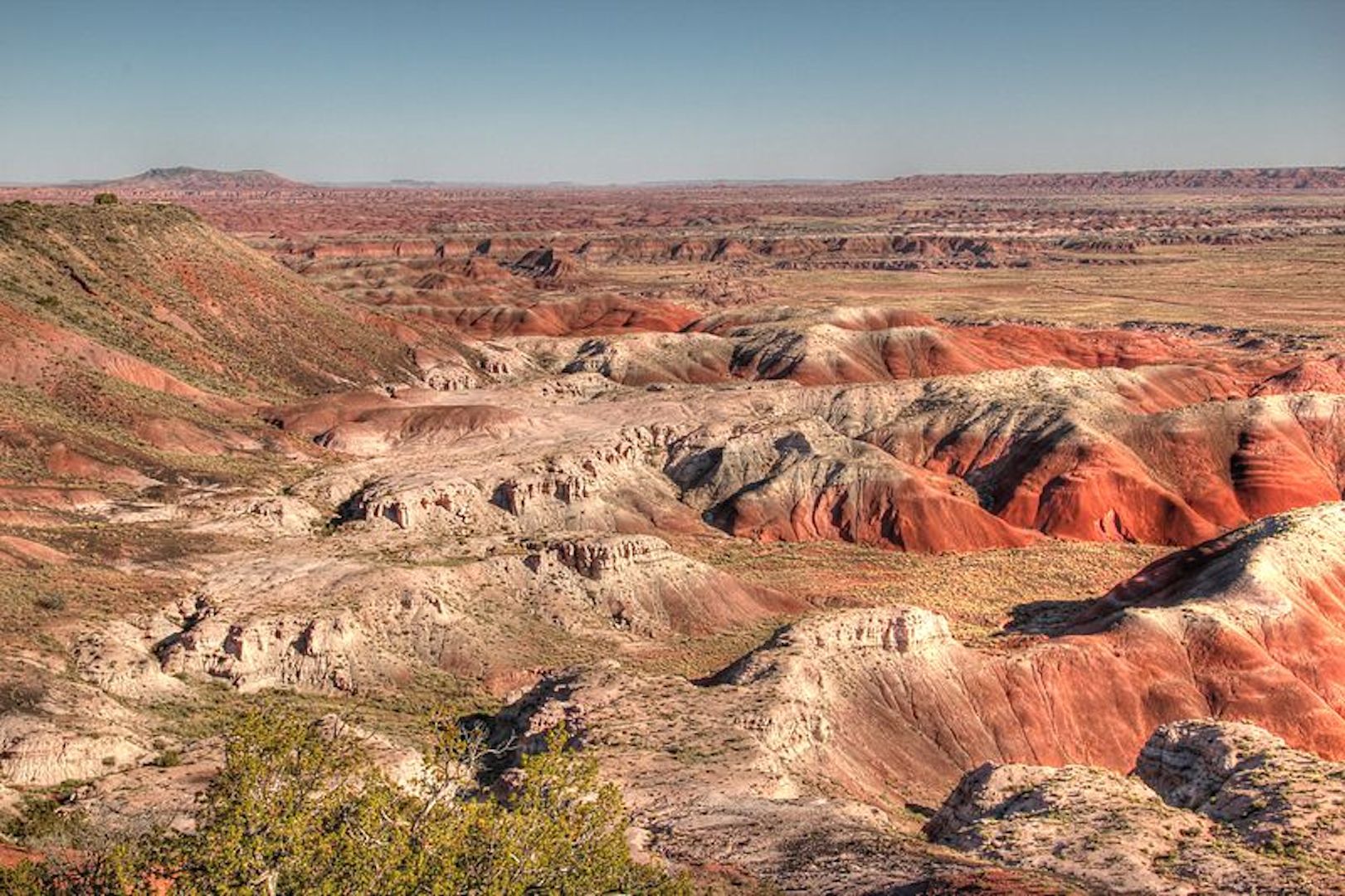
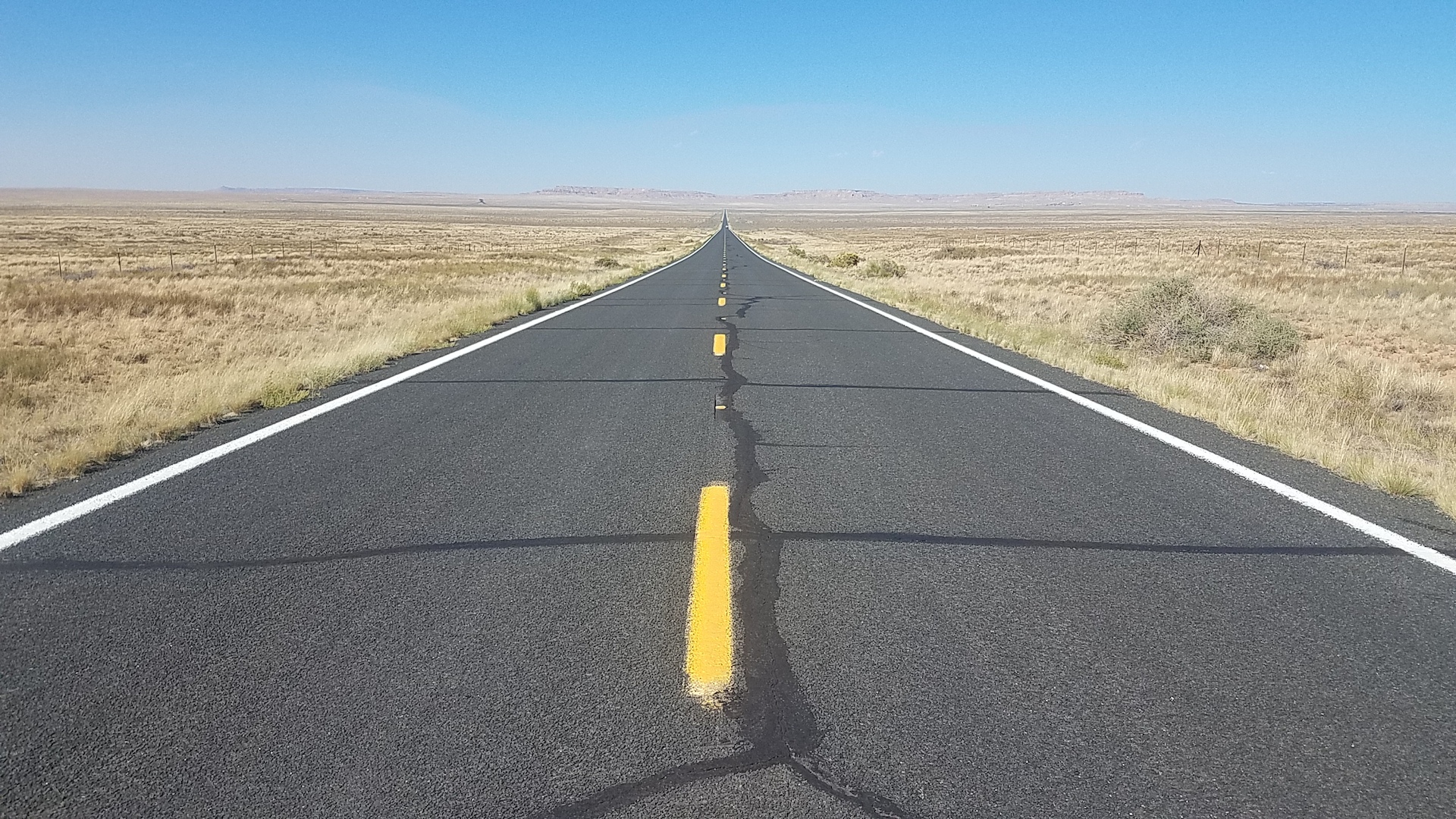
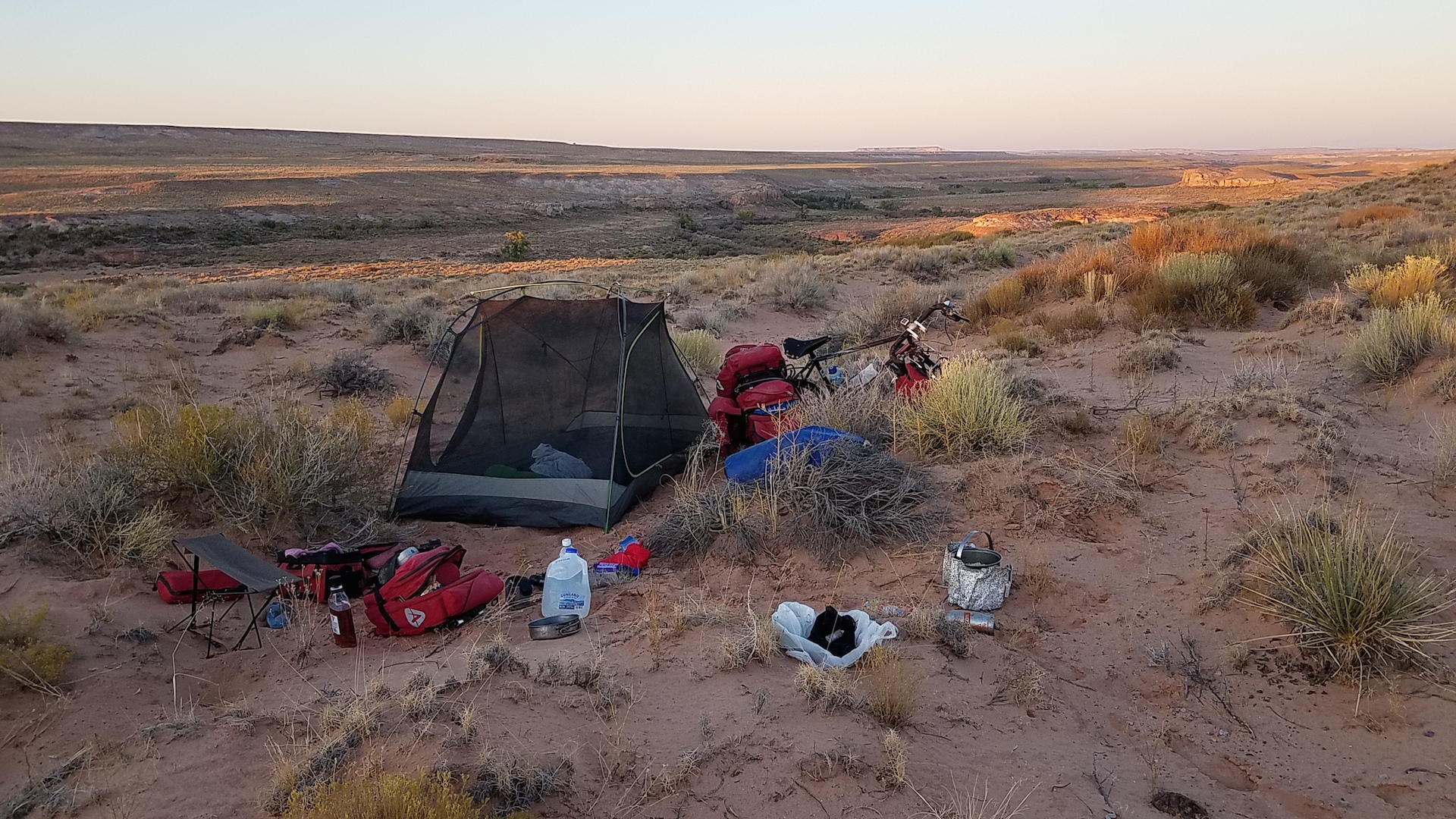

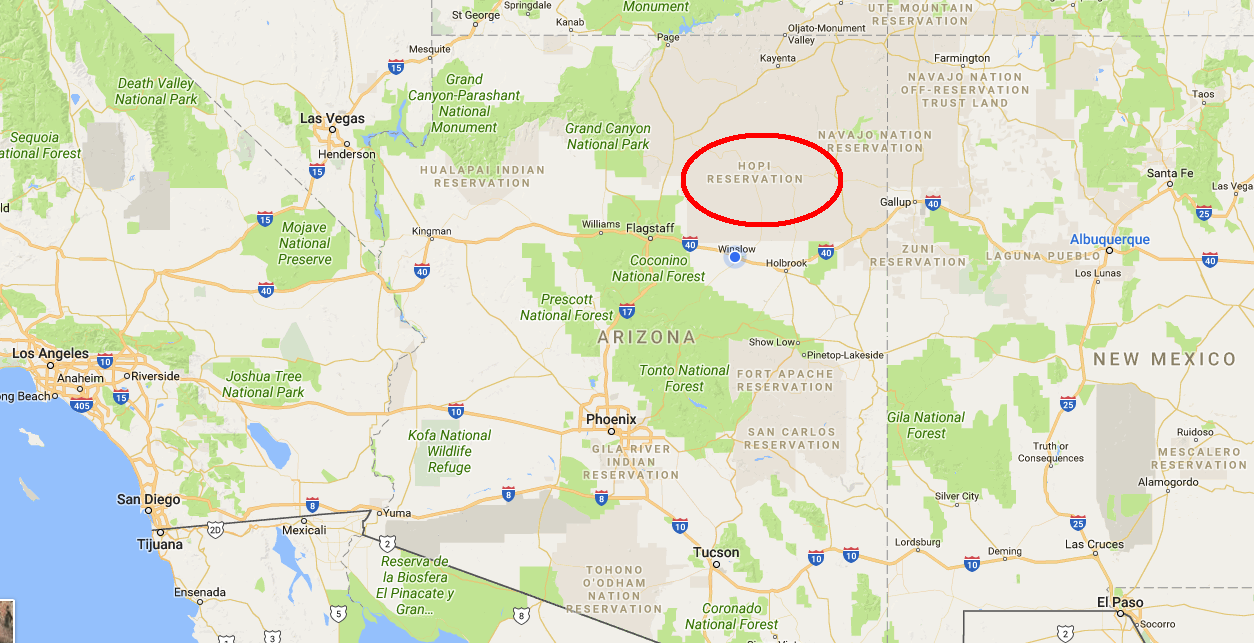
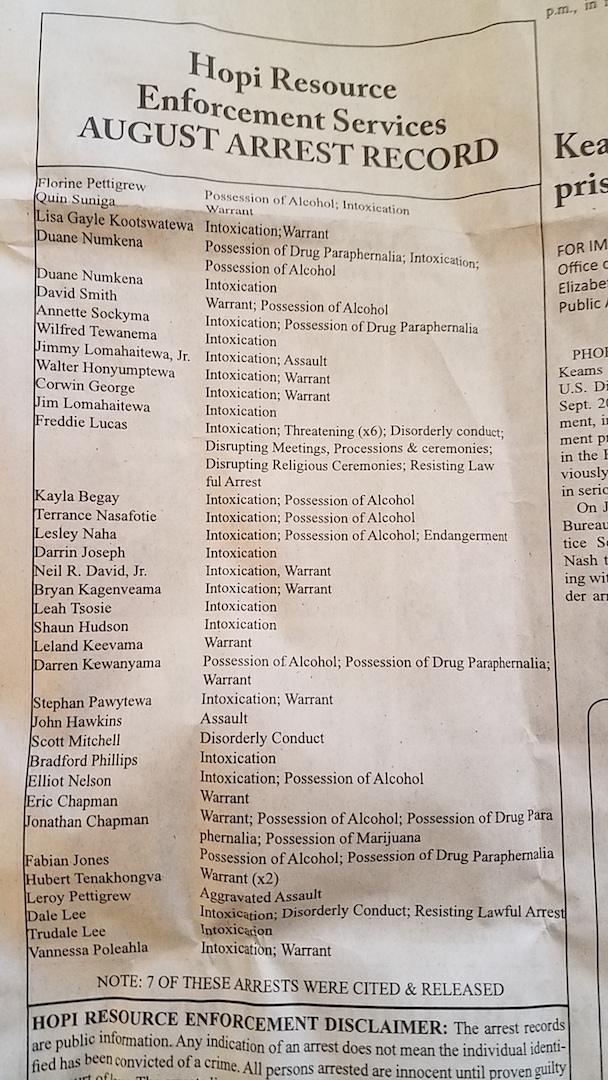
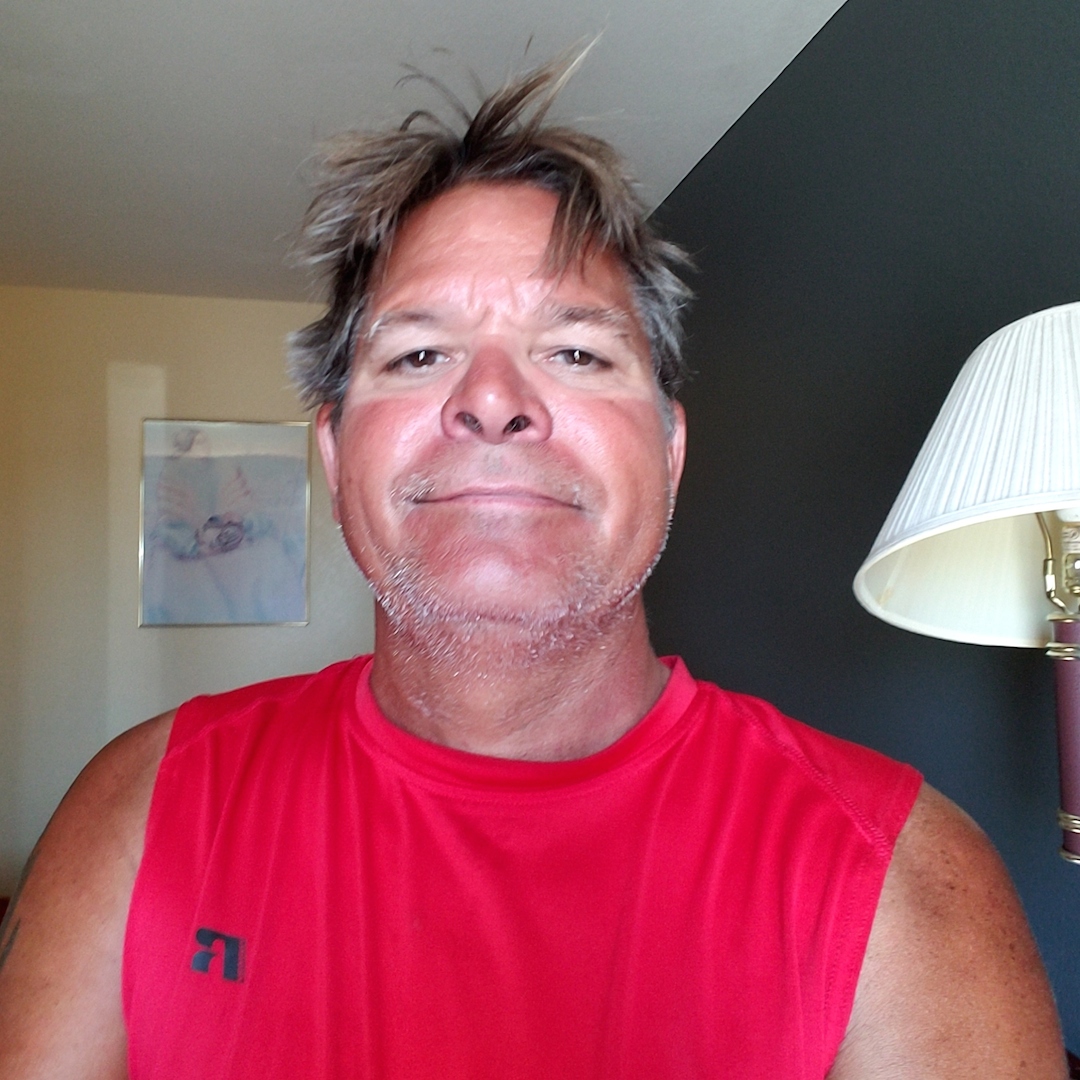

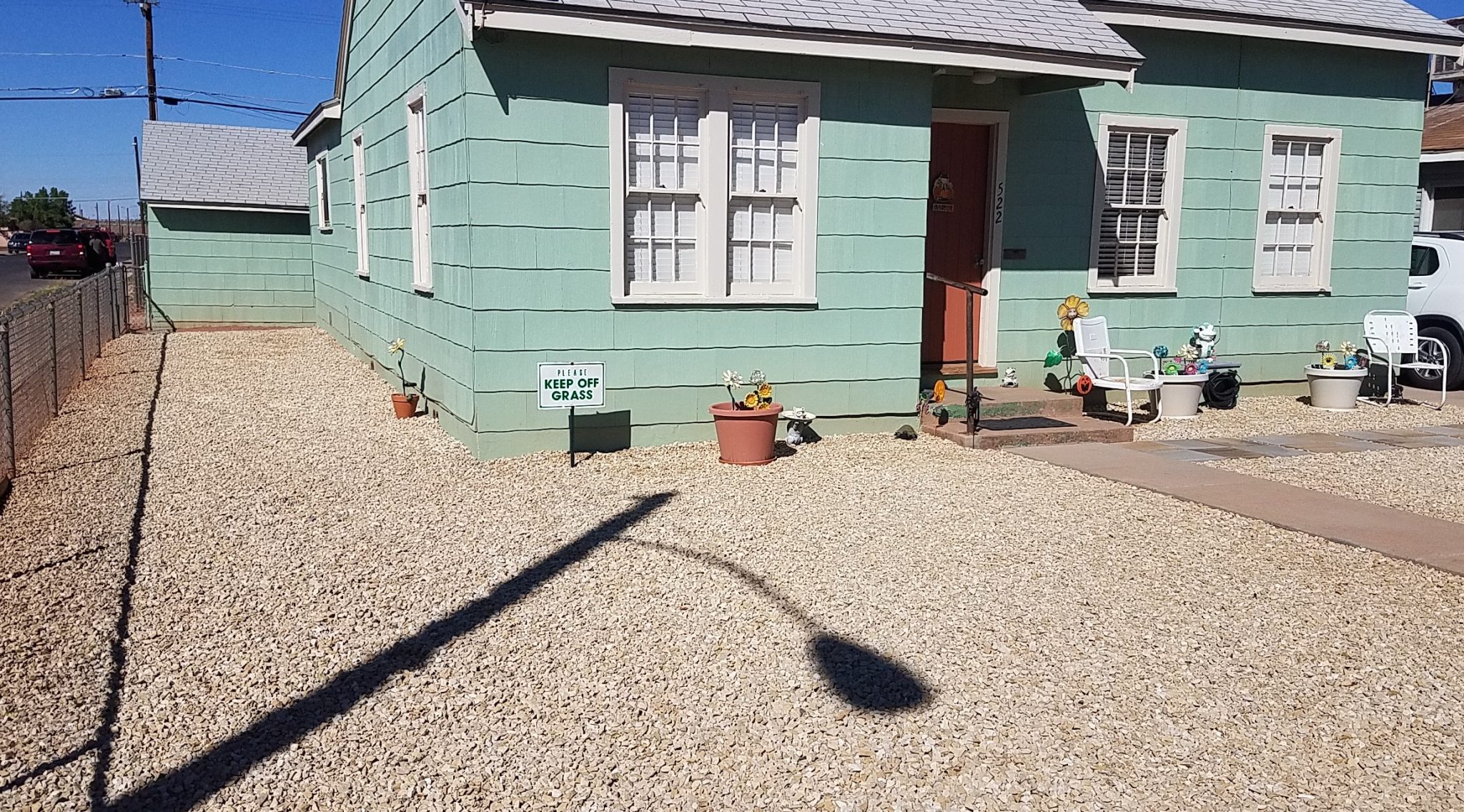
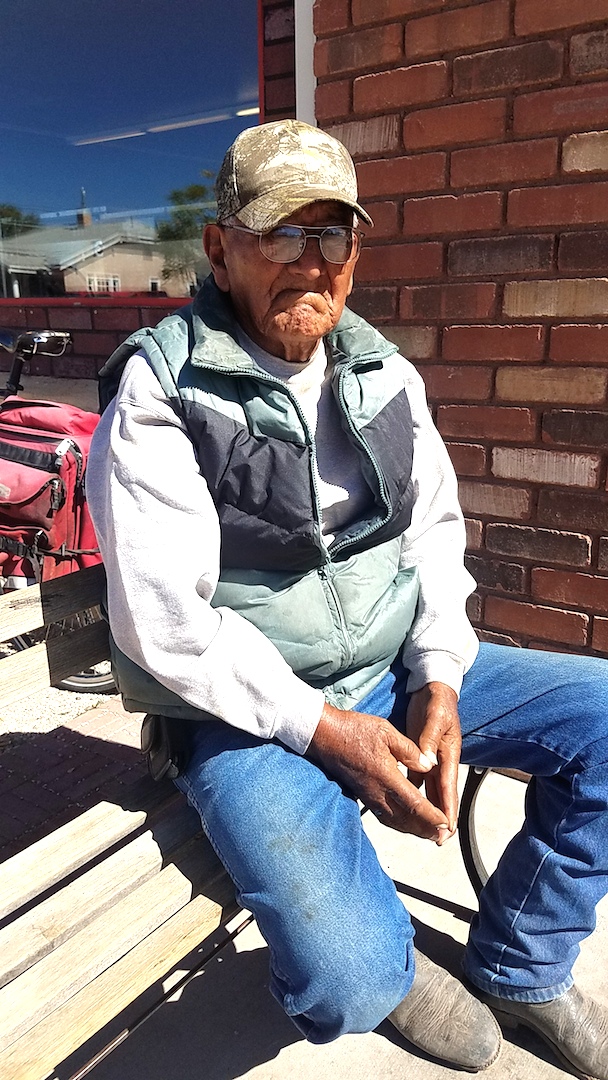
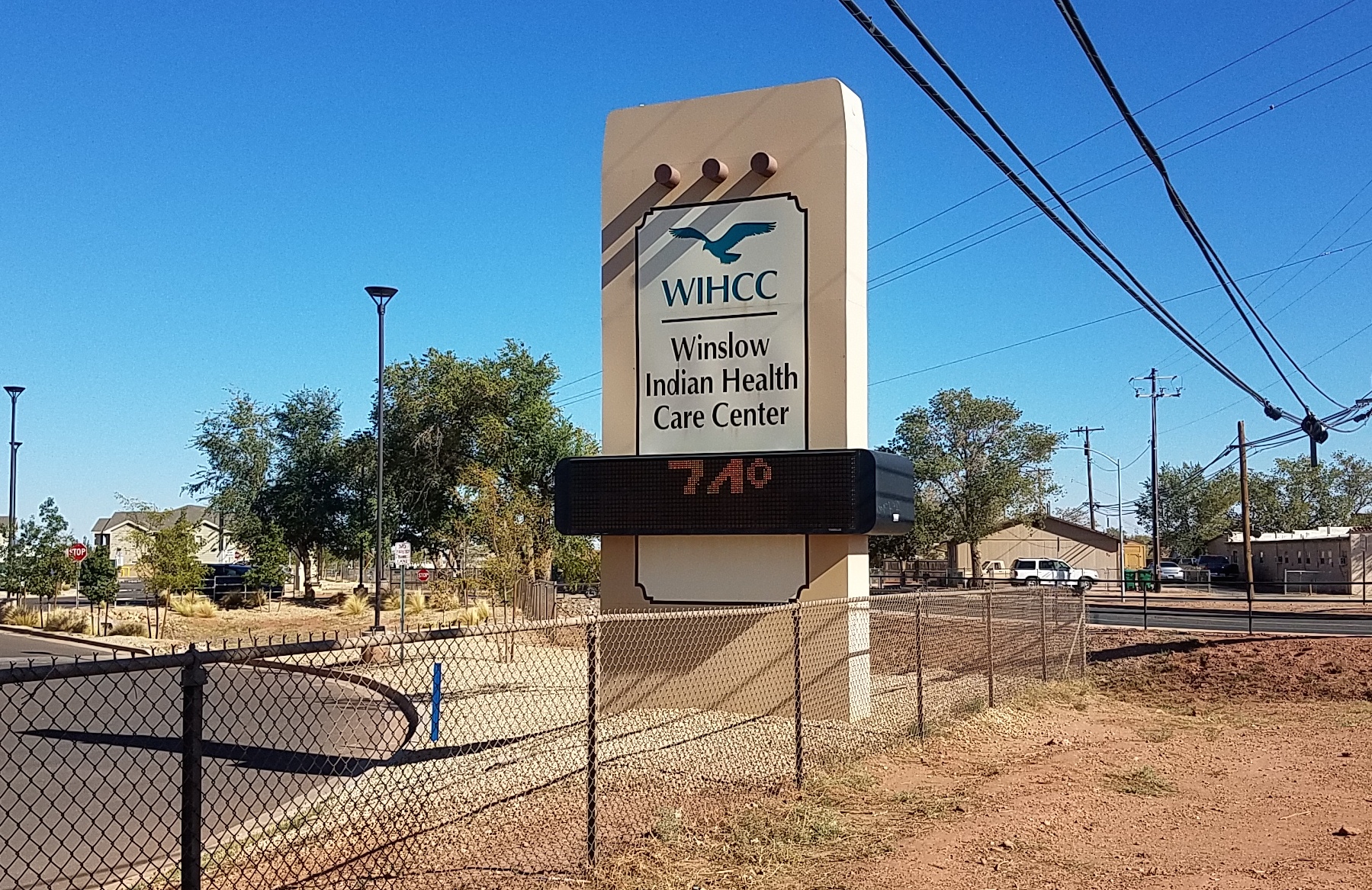
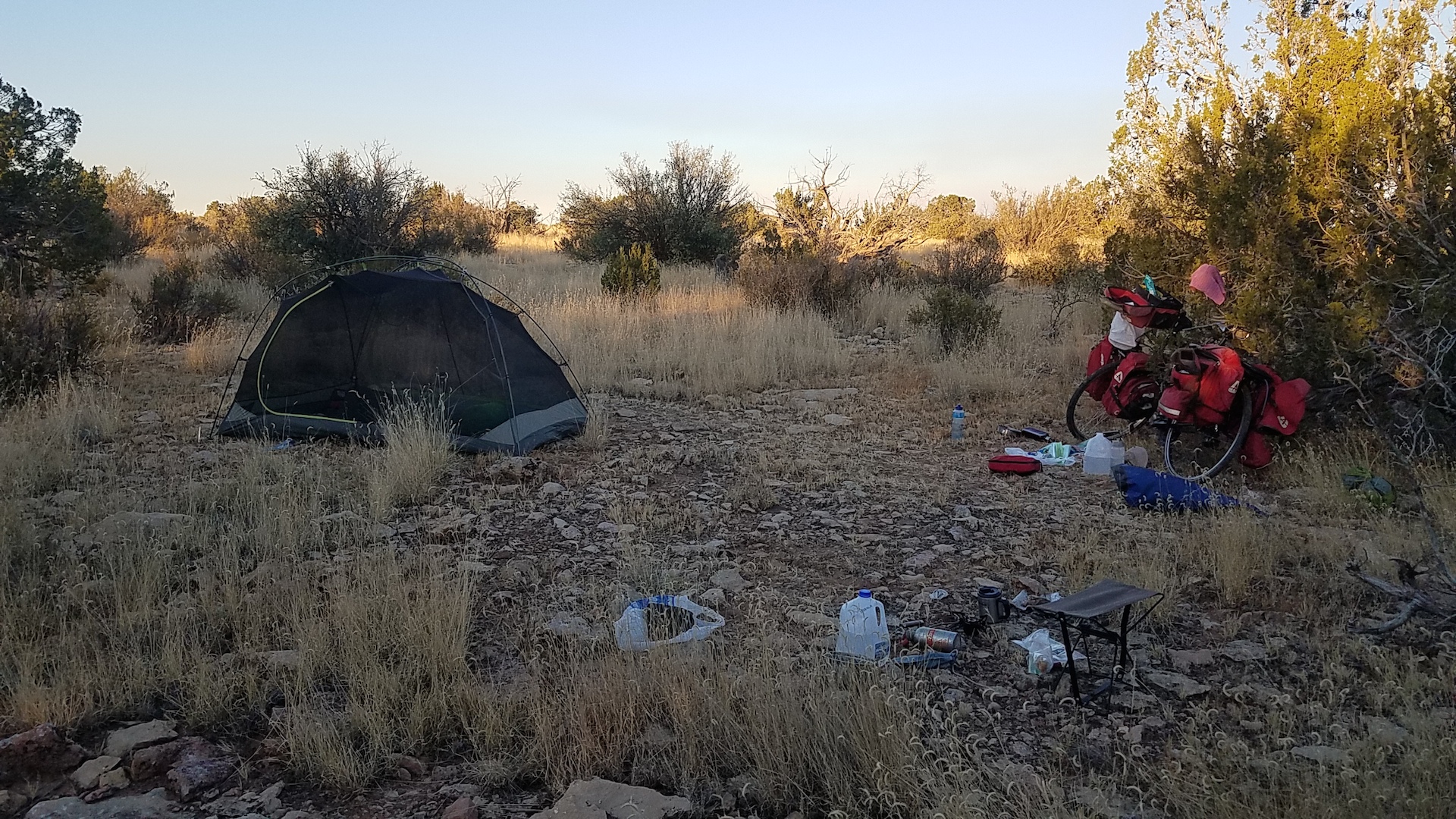
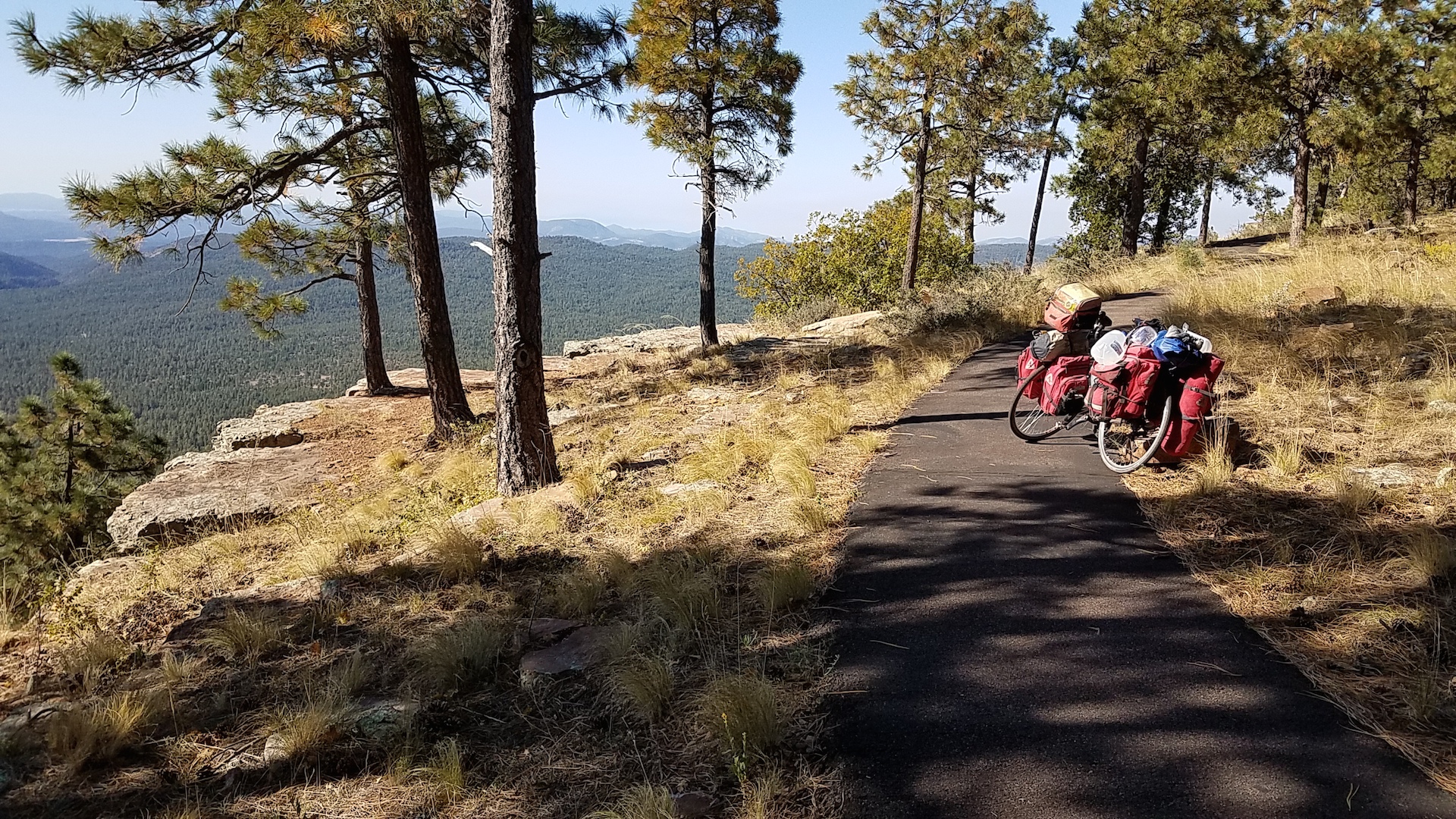
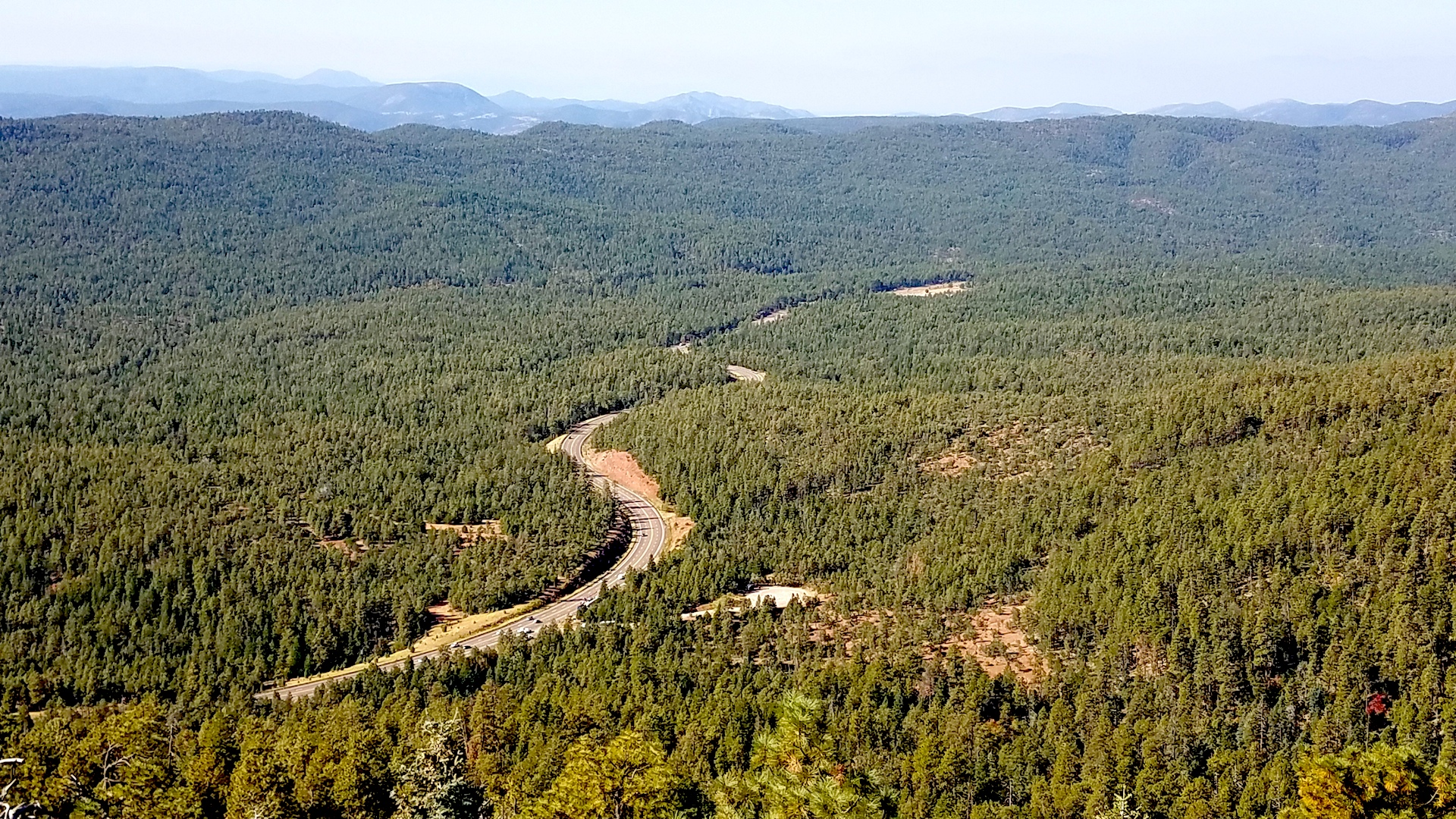
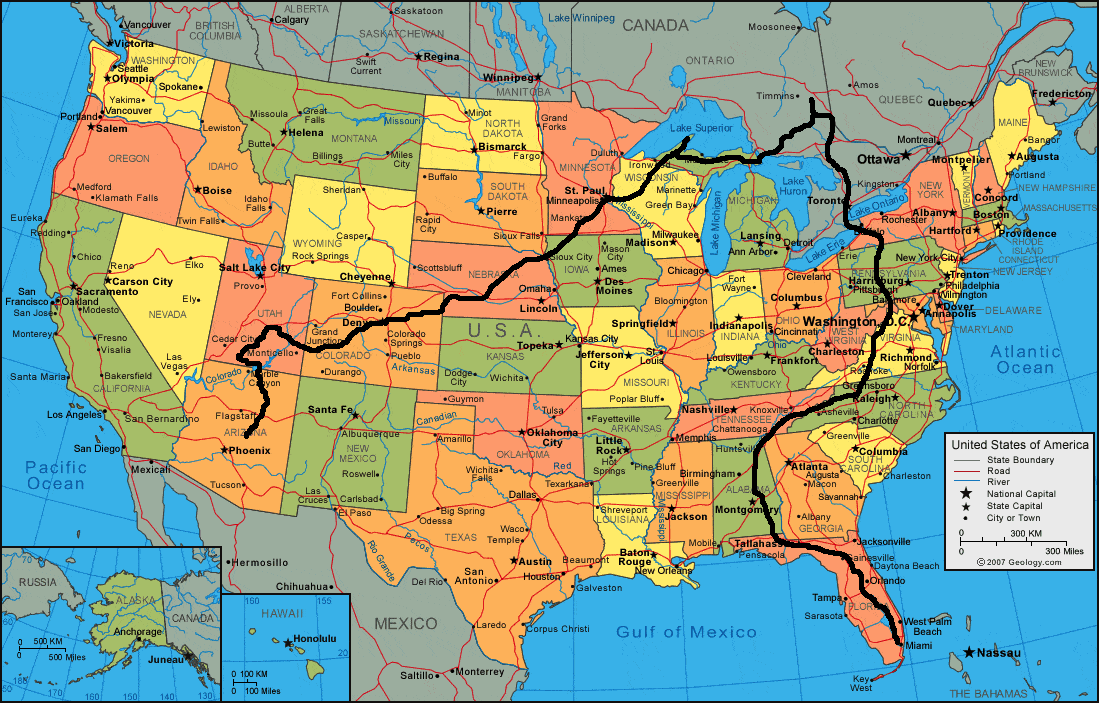
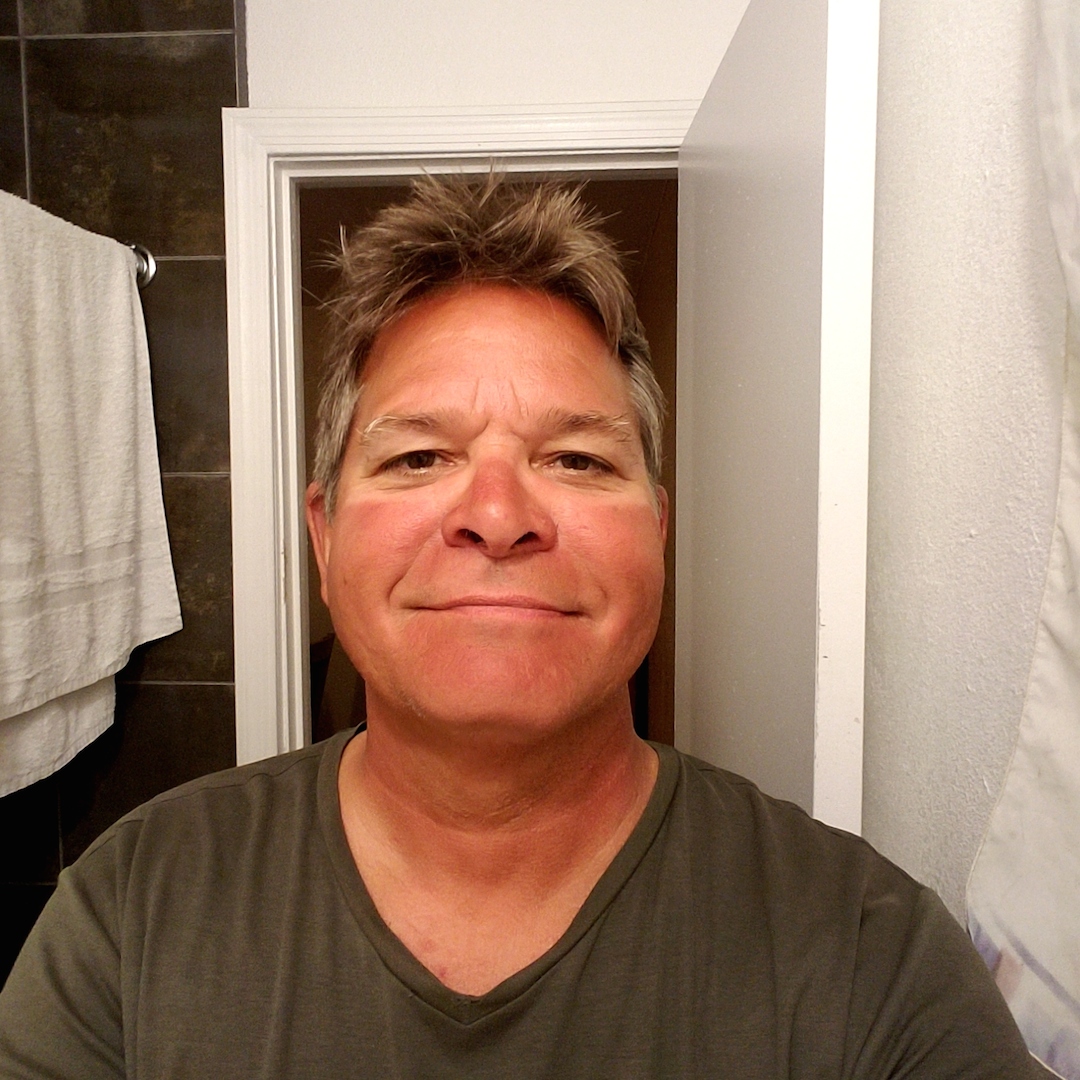
Hope you trimmed your nose and ear hair and eyebrows… ha!
Interesting Kev. The Hopi way sounds like some of my Al-anon meetings…?
Hope to see you in NM!
Darn, forgot the nose hairs.
Kevin, how amazing to travel vicariously with you. I am ever impressed with your commitment and stamina. Love your sense of humor as well. The photos show me places I will never visit in this lifetime and the shots are excellent. Safe travels to you as you continue on this journey.